Location Shrewsbury, Shropshire Managed by HM Prison Services Opened 1793 | Closed 2013 Governor Gerry Hendry | |
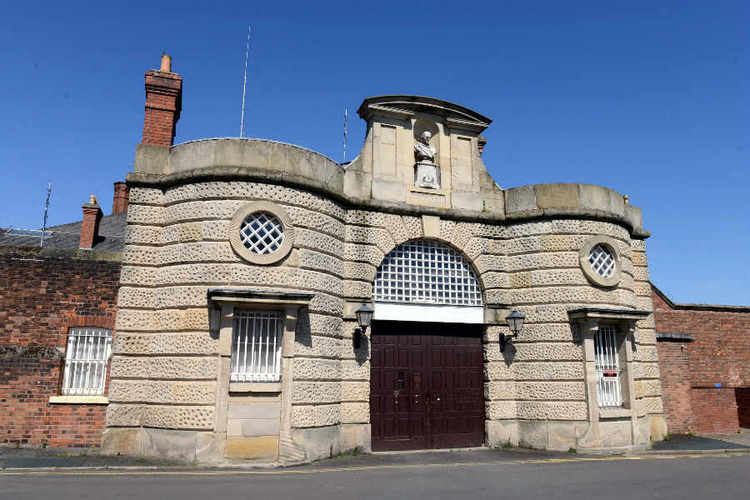 | ||
Website Shrewsbury at justice.gov.uk Security class Prisoner security categories in the United Kingdom | ||
Exploring the dana prison hm prison shrewsbury
HM Prison Shrewsbury was a Category B/C men's prison in Shrewsbury, Shropshire, England. It closed in March 2013.
Contents
- Exploring the dana prison hm prison shrewsbury
- History
- Notable staff
- Cultural links
- On television
- References
The former prison site, on Howard Street, adjacent to Shrewsbury railway station, is near the site of the Dana Gaol, a medieval prison. The name The Dana is still often used for the prison, as well as being the name of the road to one side of the prison and the pedestrian route that runs from near the front of the prison into the town centre via a footbridge over the station. The now disused platform 8 at the station, masked from the opposite platform by a high wall, was used for transporting prisoners between 1868 and the First World War.
A bust of prison reformer John Howard is above the main entrance to the prison. The street leading up to the prison from the main road is also named after him.
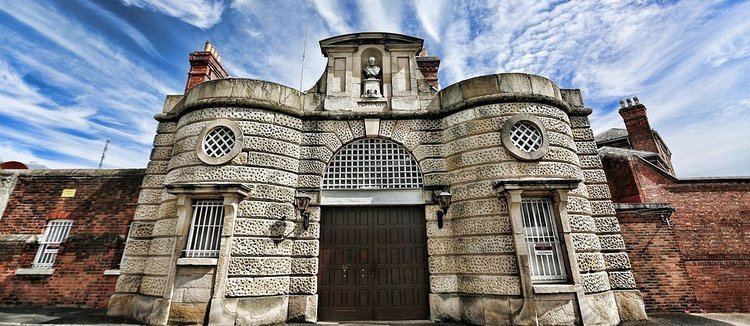
Current The Dana Prison, Shrewsbury is open as a tourist attraction. Jailhouse Tours runs guided tours, theme events and experiences, educational days, history days, seasonal events, horror tours and School tours. Jailhouse Tours will continue to manage the site until development work begins on the building in 2017.
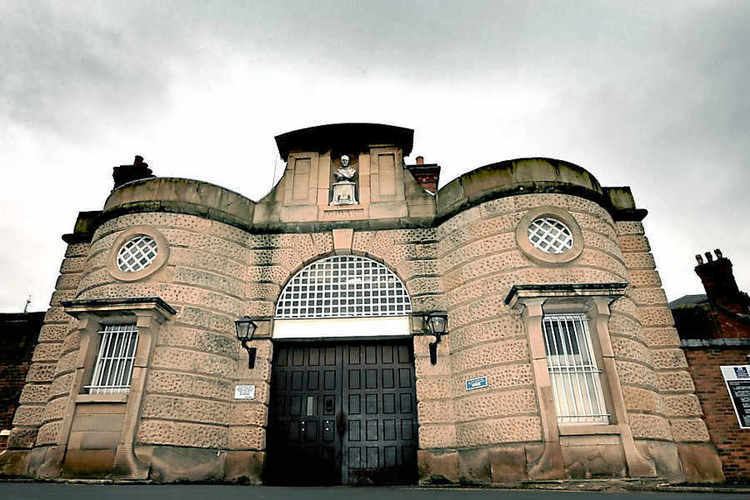
History
There has been a prison on the site since 1793, the original building being constructed by Thomas Telford to plans by Shrewsbury architect John Hiram Haycock; the present prison building was constructed in 1877. The prison took female convicts until 1922.
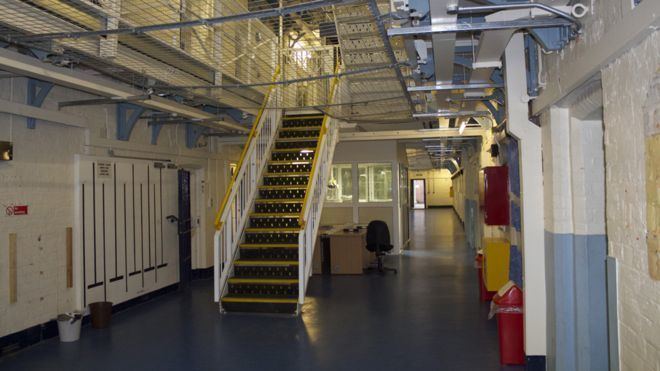
Between 1902 and 1961 the following seven people were executed by hanging within the walls of HMP Shrewsbury for the crime of murder:-
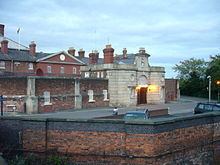
The names of their victims and their relationships with them appear also. In almost every case the murder victim was female. Executions took place at 8.00 am. All executed prisoners were buried in unmarked graves inside the prison, as was customary. The four executions which took place during the 1950s were all conducted by Albert Pierrepoint and his assistant. The last execution in 1961 was conducted by Harry Allen and his assistant. In February 2014 the Ministry of Justice stated that the remains of ten executed prisoners were exhumed from the prison in 1972, cremated at a local crematorium and the ashes scattered there.
In September 2004, Member of Parliament George Stevenson, called for an enquiry into the amount of suicides which had occurred at Shrewsbury Prison. This came after 3 inmates had hanged themselves at the jail in 2 weeks.
A report in 2005 named Shrewsbury prison as the most overcrowded in England and Wales. In August 2008 a further report stated that the prison had 178 places in use but held 326 inmates - an overcrowding rate of 183%. A report in June 2012 by the Prison Reform Trust awarded Shrewsbury second place in England and Wales for overcrowding, holding 326 prisoners in space designed for 170 men, a figure exceeded only by Kennet in Liverpool at the time. In 1934, the prison had contained the larger number of 204 cells.
Before closure, Shrewsbury was a Category B/C prison accepting adult males from the local courts in its catchment area. Accommodation at the prison consisted of double occupancy cells in mostly Victorian buildings. The prison offered education and workshops to inmates. A Listener Scheme was also available to prisoners at risk of suicide or self-harm.
In January 2013, it was announced that the prison was scheduled for closure. The last inmates were transferred from Shrewsbury to other prisons on 27 February 2013, ahead of its closure in March.
The Grade II listed former prison building was sold by the Ministry of Justice to developers, the Trevor Osborne Property Group, in 2014, and is expected to be converted into homes and offices. In April 2015, it was revealed proposals included accommodation for around 200 students of the recently created University Centre Shrewsbury. In January 2016 formal planning proposals convert the former prison to flats and student accommodation were submitted but in December 2016 Shropshire Council refused the outline plans, also including restaurants, shops and a gym, on grounds of effects on traffic.
Notable staff
Cultural links
The prison is mentioned in "On Moonlit Heath and Lonesome Bank" which is part of the poem, "A Shropshire Lad" by A.E. Housman. The proximity of the prison to Shrewsbury railway station and junction is highlighted in the verse:
They hang us now in Shrewsbury jail: The whistles blow forlorn, And trains all night groan on the rail To men that die at morn.On television
Since its closure, in September 2015 it was reported the buildings would be used as a setting for the Sky 1 television drama, Lucky Man (producer, Carnival Films) being cast as the fictional "Whitecross Prison". Filming would take place there for a week.
Shrewsbury Prison was used as the filming location of the prison for series 2 of the ITV drama series Prey.
In 2016, Shrewsbury Prison was featured on a season 2 episode of Paranormal Lockdown as a haunted location. It also appeared in three Most Haunted episodes at the end of August and in early September. This was followed by a 2-hour long Halloween special of Most Haunted As Live! released on 31 October on UKTV Play and shown on 3 November on Really.
